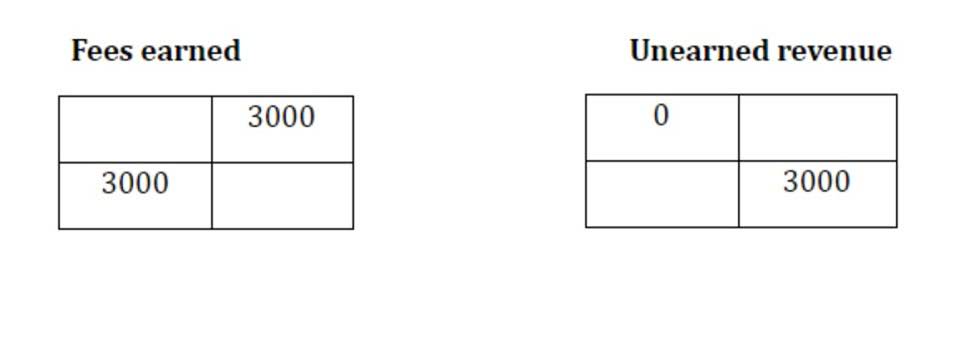
It is used as a tool by the manufacturers to attract customers, increase sales volume, and encourage bulk purchases. Therefore, with the increase in the volume of purchases, the rate of discount also increases in general. A trade discount is a reduction in the listed price of a product or service, offered by the seller to the buyer. It is commonly used in business-to-business (B2B) transactions as an incentive for buyers to purchase in bulk or to encourage customers to purchase more frequently. The trade discount is typically provided based on the quantity of the purchase or the frequency of orders. Trade discounts and cash discounts are both types of sales discounts.
Cash Discount
Discount – A seller grants it to the buyer in two distinct forms; trade discount and cash discount. It may be allowed out of the selling price (also known as maximum retail price or catalogue price) or as a reduction from the net amount payable. The GST laws state that there will be no difference in trade discounts and cash discounts. Where a discount is mentioned on the invoice’s face, the discount may be reduced from the taxable value of the supply of goods.
#1 – Discount Allowed

The actual selling price equal to the normal price deducts the discount dollar amount. If the discount is provided as the percentage, we need to calculate it by multiplying it with the normal price. The bookkeeping entry to record the payment by the customer would then be as follows. Since the list price is asked for given the amount of discount, we apply Formula 7.1b. This type of discount helps to ensure profit for all parties involved in the transaction.

Role in Supply Chain
By offering trade discounts to trade partners, manufacturers or suppliers can secure long-term relationships, drive higher sales volumes, and gain a competitive advantage in the market. However, these discounts can also erode profit margins if not carefully managed, especially when trade partners negotiate for higher discounts based on their purchasing power. In the complex world of trade and commerce, various pricing strategies are employed to attract customers and boost sales. Two such strategies that often come trade discount example into play are trade discounts and cash discounts. While both are aimed at providing customers with cost savings, they differ in their application and impact on the overall pricing structure.
Types of Trade Discounts
Promotional discounts are short-term reductions to promote new products or clear out old stock. These discounts are designed to create a sense of urgency and boost sales during a specific promotional period. This is a well-known sales promotion strategy and hits the demand side of any product. It should be noted that a ledger account has been opened for cash discounts, in this case it is referred to as discounts allowed and is an expense to the business.
Difference Between Trade Discount and Cash Discount
- And as this discount is offered at the time of trade therefore trade discount.
- Reduction in price makes a psychological impact on the customer which results in the purchase.
- Our GST Software helps CAs, tax experts & business to manage returns & invoices in an easy manner.
- A trade discount is the amount by which a manufacturer reduces the retail price of a product when it sells to a reseller, rather than to the end customer.
- It is facing low demand for breakfast items due to the pandemic situation.
- A trade discount is a reduction in the listed price of a product or service, offered by the seller to the buyer.
Often it is convenient to summarize the multiple discount percentages into a single percentage. This makes it easier to calculate the net price and aids in understanding the discount benefit. Simplifying multiple percent discounts into a single percent Restaurant Cash Flow Management discount is called finding the single equivalent discount.
Every store displays an array of products, each tagged with a price, and every discount sign Online Accounting represents a carefully calculated decision. This is where the unseen world of merchandising mathematics plays a pivotal role. Trade discounts are included in the net sales line item at the top of the seller’s income statement. It works under certain conditions and is not available for all buyers. Trade discount is a reduction granted by a supplier of goods/services on the list or catalogue prices of the goods supplied. Usually, a retail customer will not receive any discount and must pay the entire published price.

One common error is offering excessive discounts without considering the impact on profitability. While attracting customers with lower prices can be beneficial, it is important to strike a balance between competitiveness and maintaining a healthy profit margin. Offering overly generous discounts may lead to financial strain and ultimately harm the business in the long run.